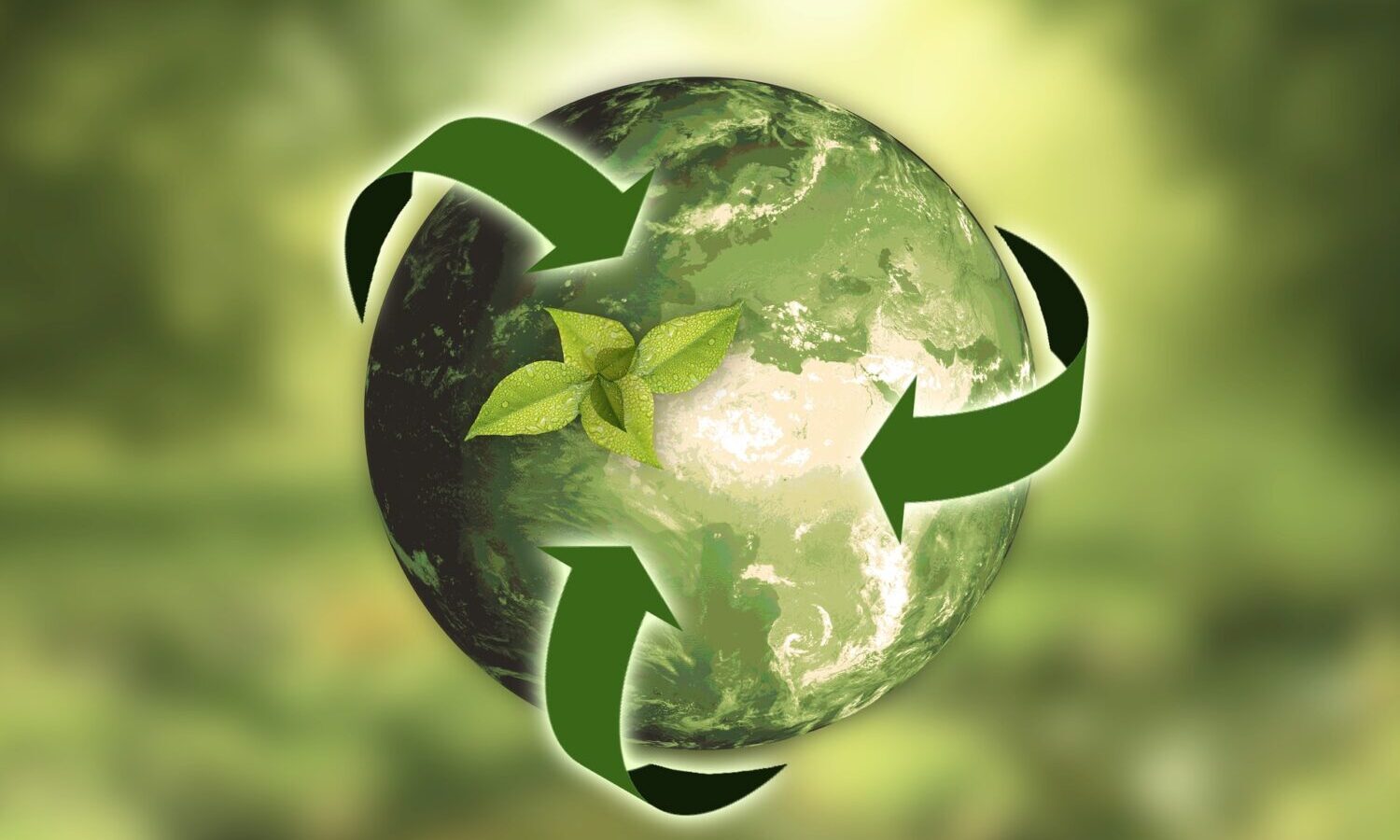
Plastic waste from cannabis packaging is becoming a problem in the US and Canada
Through
Ever since cannabis became legal in Canada, sustainability still leaves room for improvement by mitigating the millions of pounds of plastic packaging produced by legal marijuana each year.
According to a report by Leafly, in 2018 – the first year cannabis was legalized in Canada – solid black plastic containers were the most eye-catching containers on the market. Additionally, several brands have chosen to package their cannabis products in fancy-looking but non-recyclable packaging.
Photo of Done from Pexels
RELATED: NY Senator Submits Cannabis Container Bill of Rights to Address 150 Million Tons of Plastic Waste
Also, jars commonly used for selling flowers take decades to decompose, pumping toxins into the ground and eventually into the nearest ocean. It’s difficult to quantify the market’s plastic waste problem, but the overall impact has been negative.
In 2019, environmental company Re Waste estimated that “between October 2018 and August 2019, between 5.8 and 6.4 million kilograms (or between 12.7 and 14.1 million pounds) of plastic from cannabis packaging ended up in landfills.”
“Plastic waste and the cannabis industry typically go hand-in-hand, but our specialized process works to mitigate the environmental impact of this plastic waste,” Re Waste said on its website.
In the meantime, cannabis sales and product variety have only increased. A CBC report found that “for every gram of cannabis sold legally, up to 70 grams of plastic waste was generated.”
“It’s really shameful,” said Remi Robichaud of Moncton, Canada. “As a coastal province, they should do something about the amount of plastic that’s going into our oceans.”
What Sustainable Actions Are Being Taken in the US Cannabis Market?
Marijuana packaging waste is a problem affecting fledgling industries — from regulators and manufacturers to consumers. However, industry-wide efforts are evident to promote the implementation of the use of recycled materials and to encourage consumers to recycle packaging.
For example, Vermont’s Cannabis Control Board recently released its “Guidance on Packaging” to reduce the amount of plastic waste generated by industry in the state.
According to the guidelines, “packaging intended for consumer purchase at retail must be reusable and non-plastic. All packaging should be capable of being repeatedly recycled, rehabilitated and fed back into the supply chain for repeated use.”
Examples of reusable non-plastic packaging materials mentioned in the document are glass, tin, cardboard and bamboo.
This article originally appeared on Benzinga and has been republished with permission.

Post a comment: